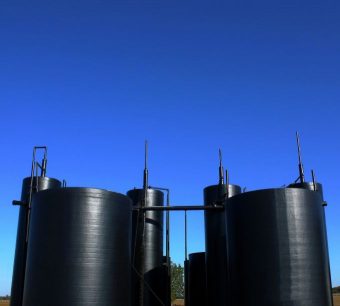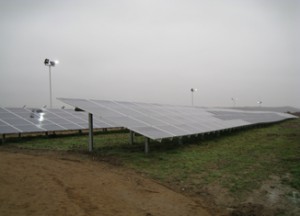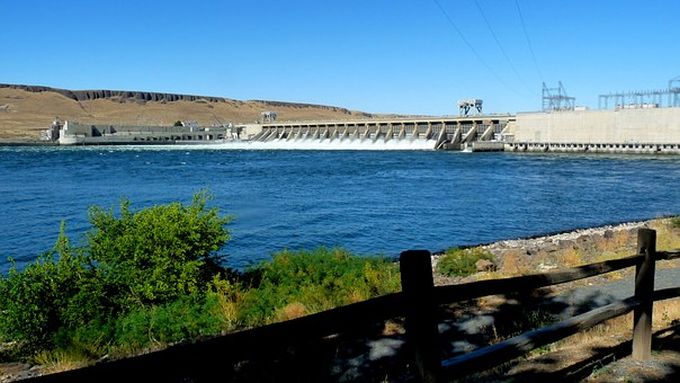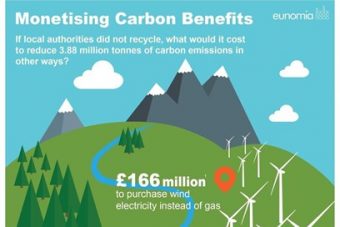 Northern Ireland’s recycling saved 4.5% more CO2 emissions in 2014/15 than the previous year, according to Eunomia Research & Consulting’s latest Recycling Carbon Index.
Northern Ireland’s recycling saved 4.5% more CO2 emissions in 2014/15 than the previous year, according to Eunomia Research & Consulting’s latest Recycling Carbon Index.
77% of Northern Irish councils are reported to have shown an upward trend and the total CO2 saving was 123,000 tonnes, or 68kg per capita. That enabled Northern Ireland to overtake England where just less than half of councils improved on the previous year’s results – but a similar number slipped back, leaving the CO2 savings at 67kg per capita.
Recycling in England, Wales and Northern Ireland resulted in 3.9 million tonnes of CO2 savings in 2014/15, the equivalent of flying from London to New York and back 1.5 million times.
According to one of Eunomia’s council tools, http://www.eunomia.co.uk/council-tools/, England still has the leading carbon saving council, Cheshire West and Chester. A high recycling rate and a source separated collection system that minimises the need for energy-intensive sorting of recyclable material meant the council achieved a saving of 109kg per person. That’s just ahead of the 108kg per person achieved in North Somerset, while Wales’s best performer was Ceredigion Council at 104kg.
Other leading authorities in England were Dorset Waste Partnership, Surrey and Buckinghamshire. Over in Wales, Ceredigion, Powys and Monmouthshire took the pole positions and in Northern Ireland, Omagh, Larne and Dungannon & South Tyrone are leading the way. Middlesbrough Council took the ‘biggest improver’ title after introducing a new collection system in 2014.
Across the board, the total CO2 saving is reported to be up over 20,000 tonnes from 2013/14, but the picture across the three nations is mixed. Wales is said to maintain a significant lead over its neighbours, and 64% of Welsh councils improved their performance in 2014/15.
The Welsh Government is reported to have put a real focus on trying to improve recycling rates, and its efforts have returned some pretty impressive results, with no authorities in Wales now ranked as ‘poor performers’. The average CO2 saving from recycling in Wales is now 84kg per person.
Eunomia’s director, Joe Papineschi said: “Progressive waste management policies, devolved governments and new collection systems are having a positive impact on the CO2 performance of recycling systems. Amidst some mixed results, there are some really outstanding stories. For example, councils collected 8% more food waste last year than in 2013/14 – despite only 37% offering separate food collections.”
Source: recyclingwasteworld.co.uk






 Dr. Fatih Birol, IEA Executive Director, was in Korea on an official visit on 1-2 September 2016.
Dr. Fatih Birol, IEA Executive Director, was in Korea on an official visit on 1-2 September 2016.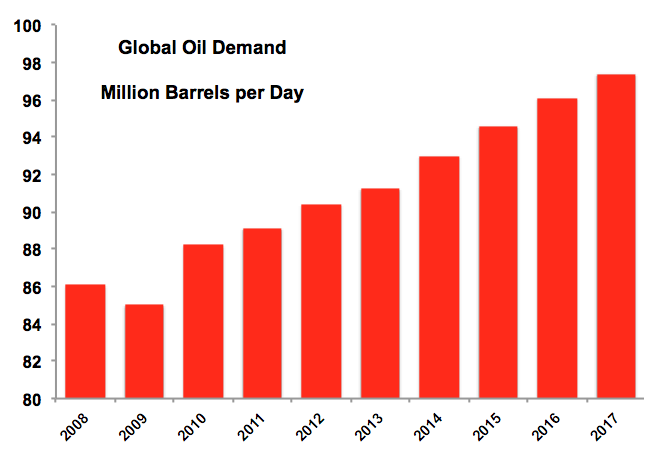
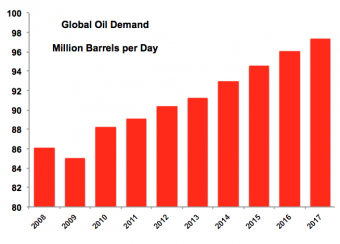 While incremental annual gains obviously vary, there is nothing more assured than increasing global oil demand. The steady drumbeat of more people, making more money, using more oil may be boring to some, but it is also perhaps our most fundamental energy reality. The world now consumes ~95 million b/d of oil, up from 86 million b/d in 2008 and a 11% rise even amid the worst economic times since the 1930s.
While incremental annual gains obviously vary, there is nothing more assured than increasing global oil demand. The steady drumbeat of more people, making more money, using more oil may be boring to some, but it is also perhaps our most fundamental energy reality. The world now consumes ~95 million b/d of oil, up from 86 million b/d in 2008 and a 11% rise even amid the worst economic times since the 1930s. Even the developed nations with saturated markets are by no means facing “declining oil demand,” regardless of what you keep hearing. U.S. oil demand won’t dip below 19.3 million b/d for as far as models are forecasting, and even environmental stalwart Europe is set for an increase in oil demand (here). This comes from the ignored fact that oil has no significant direct substitute. No matter the attention they receive or the incentives being offered, non-oil vehicles, for instance, are not even 1% of the vehicles being sold.
Even the developed nations with saturated markets are by no means facing “declining oil demand,” regardless of what you keep hearing. U.S. oil demand won’t dip below 19.3 million b/d for as far as models are forecasting, and even environmental stalwart Europe is set for an increase in oil demand (here). This comes from the ignored fact that oil has no significant direct substitute. No matter the attention they receive or the incentives being offered, non-oil vehicles, for instance, are not even 1% of the vehicles being sold.




 Based on new data for pollutant emissions in 2015 and projections to 2040, this special report, the latest in the World Energy Outlook series, provides a global outlook for energy and air pollution as well as detailed profiles of key countries and regions: the United States, Mexico, the European Union, China, India, Southeast Asia and Africa.
Based on new data for pollutant emissions in 2015 and projections to 2040, this special report, the latest in the World Energy Outlook series, provides a global outlook for energy and air pollution as well as detailed profiles of key countries and regions: the United States, Mexico, the European Union, China, India, Southeast Asia and Africa.


